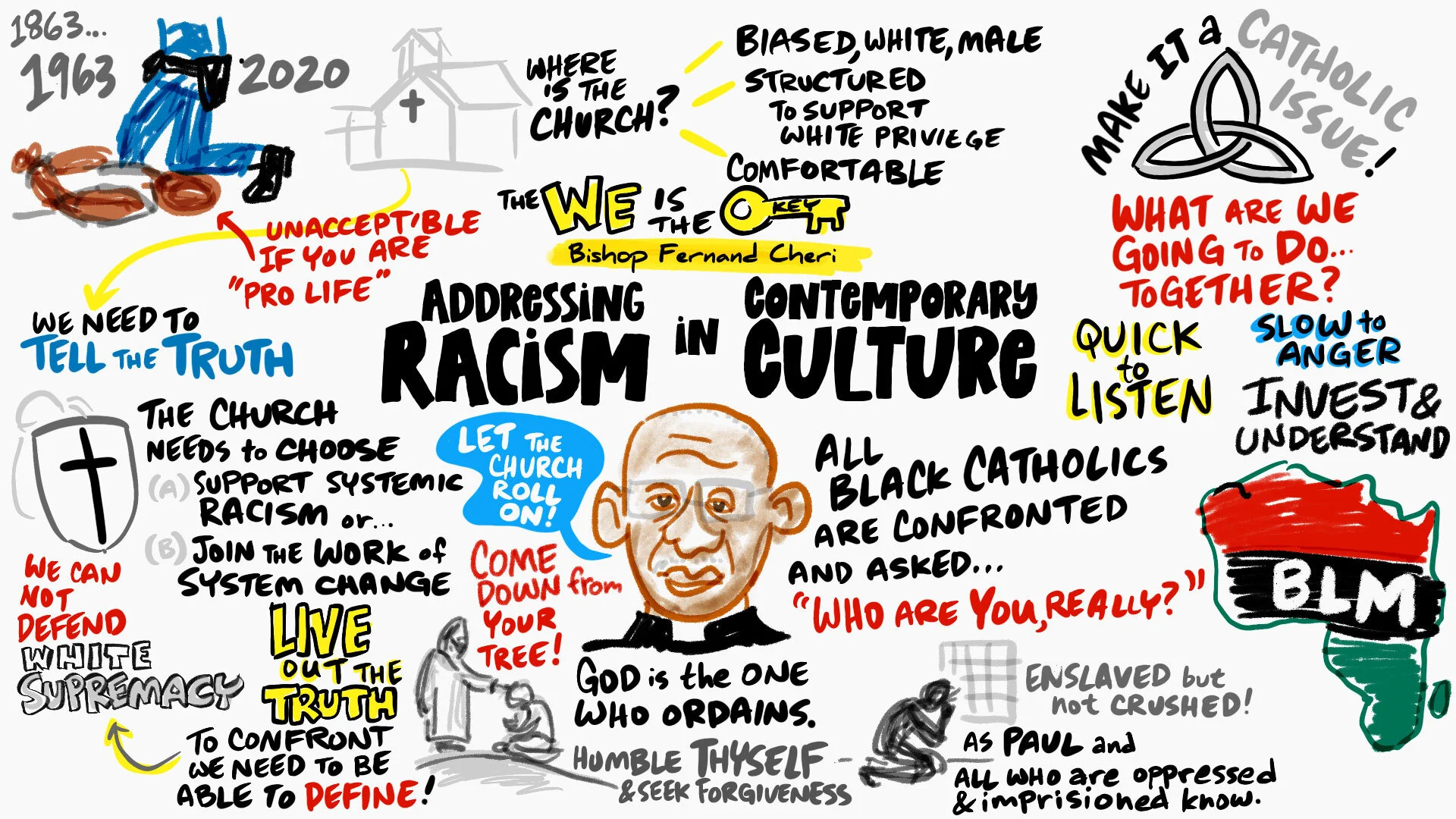Chimps in Retirement
/ The Wauchula Woods Accord Toward a New Understanding of Animals
The Wauchula Woods Accord Toward a New Understanding of Animals
By Charles Siebert
Scribner, June 2009
From Michael Jackson's Bubbles to Tarzan's Cheetah, the simian stars of the Career Builder ads and laboratory test animals, these working apes are finally living in peaceful retirement.
In an interview on NPR's Fresh Air, journalist Charles Siebert describes his new book,The Wauchula Woods Accord: Toward A New Understanding of Animals.
He details his encounters with Roger, a retired former circus chimp who lived at the Center for Great Apes in Florida and preferred the company of humans to chimps.
As a science writer, Seibert covers the influence of person and animal interaction—both creatures are forever changed.
Off the coast of Baja, California, scientists find gray whales are uncharacteristically social with humans, even allowing their faces, mouths and tongues to be massaged as they bump up beside boats.
Siebert wrote about the phenomena in the July 8 issue of The New York Times Magazine. The article, Watching Whales Watching Us, explains that relations between humans and the Pacific gray whale have been historically spotty. After being hunted nearly to extinction more than 150 years ago — and again in the 1900s — the gray whale has rebounded in population faster than any other whale species.
Behavioral and wildlife biologist Dr. Toni Frohoff also joins the show. She has studied marine mammal behavior for more than 20 years and is the Director of Research for both TerraMar Research and the Whale Stewardship Project. Frohoff is co-author of the book Dolphin Mysteries: Unlocking the Secrets of Communication.








